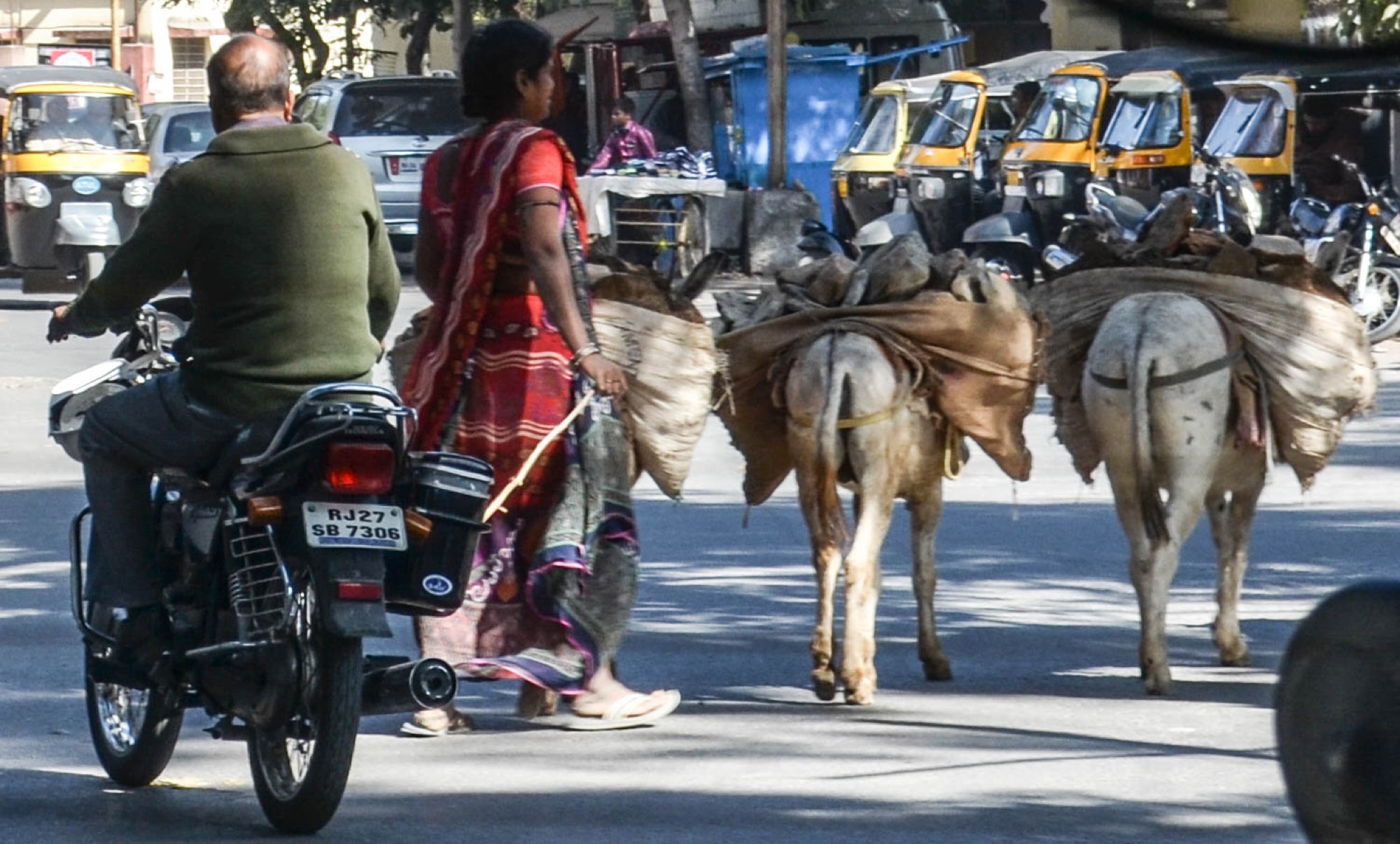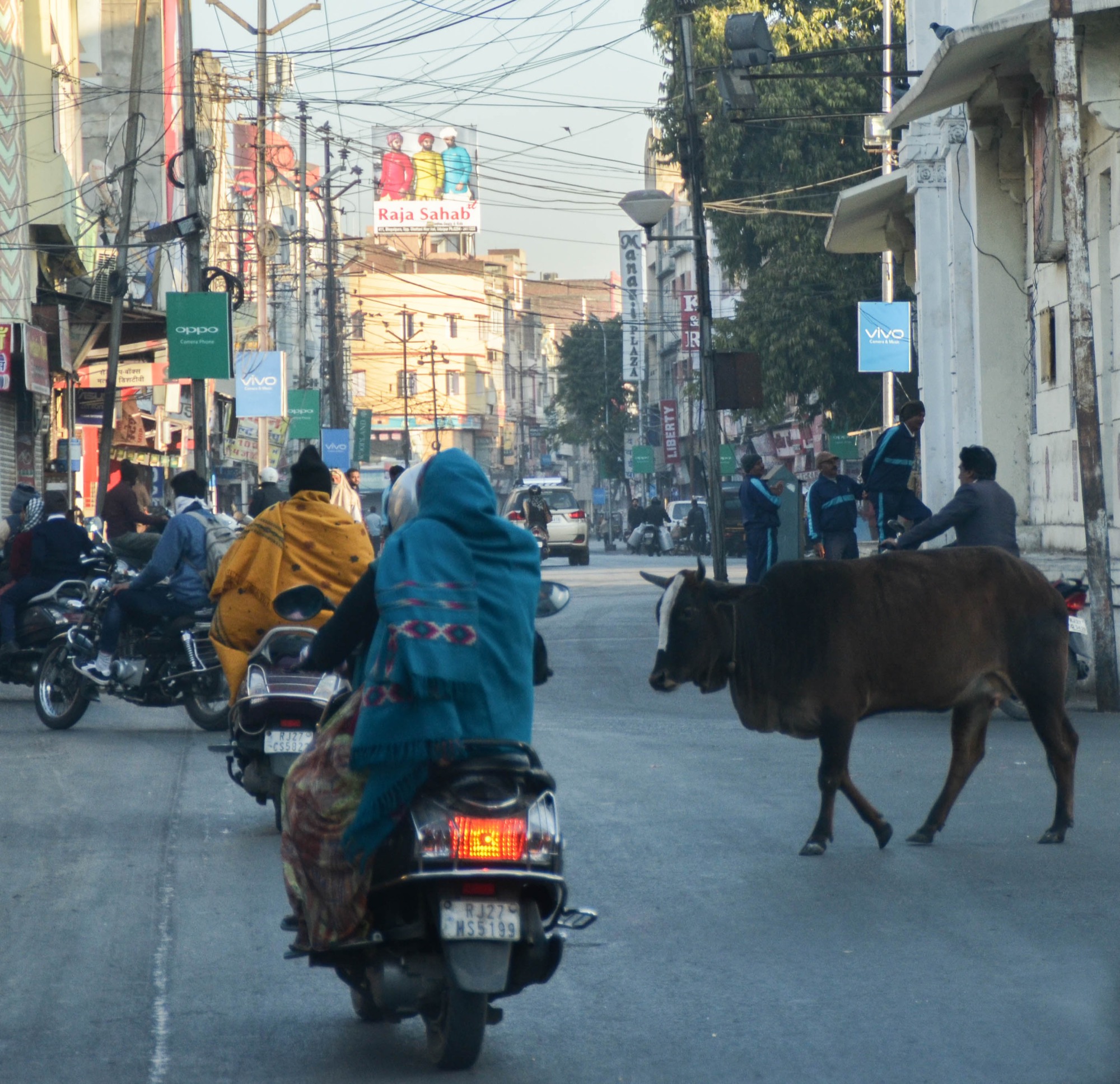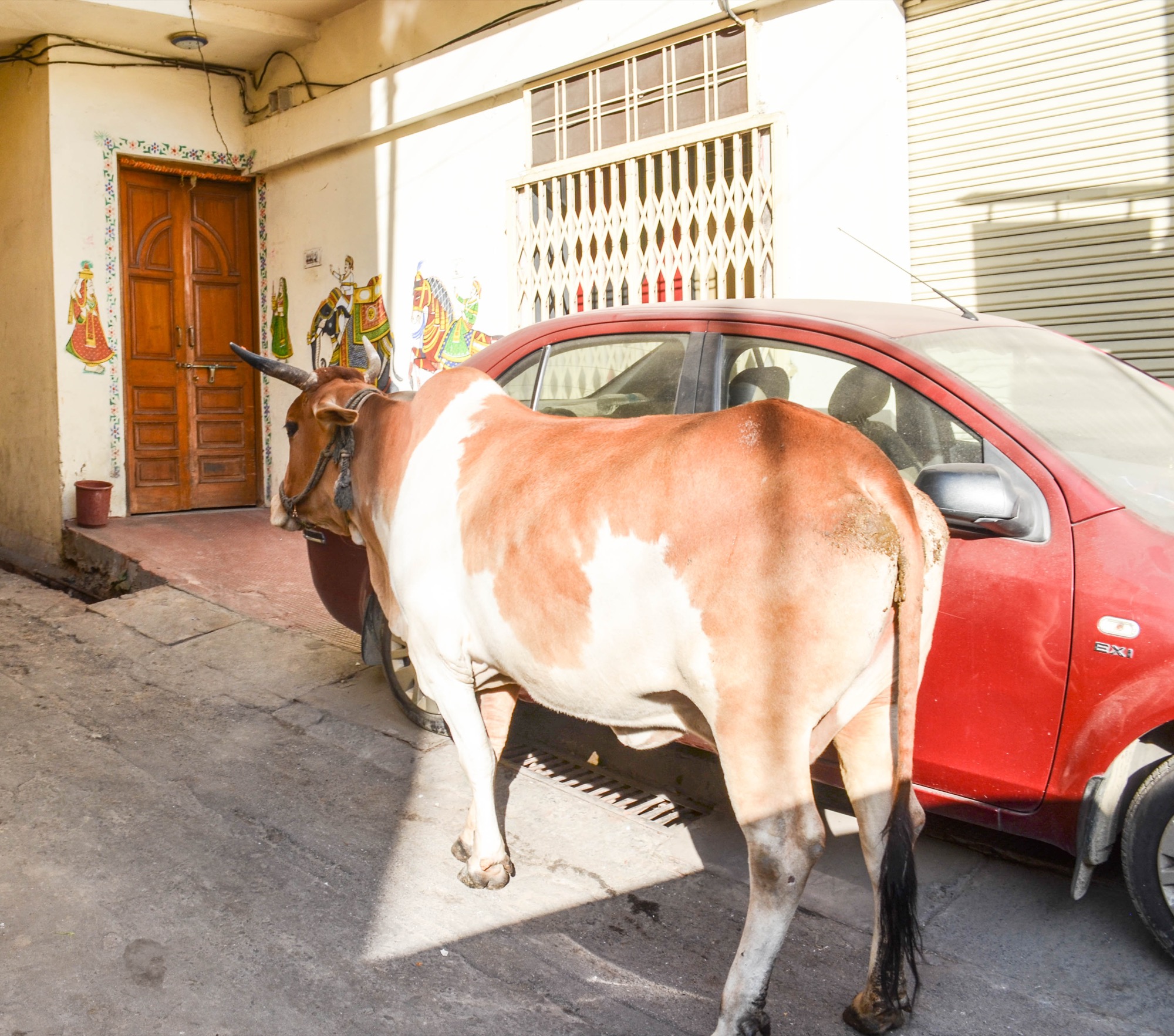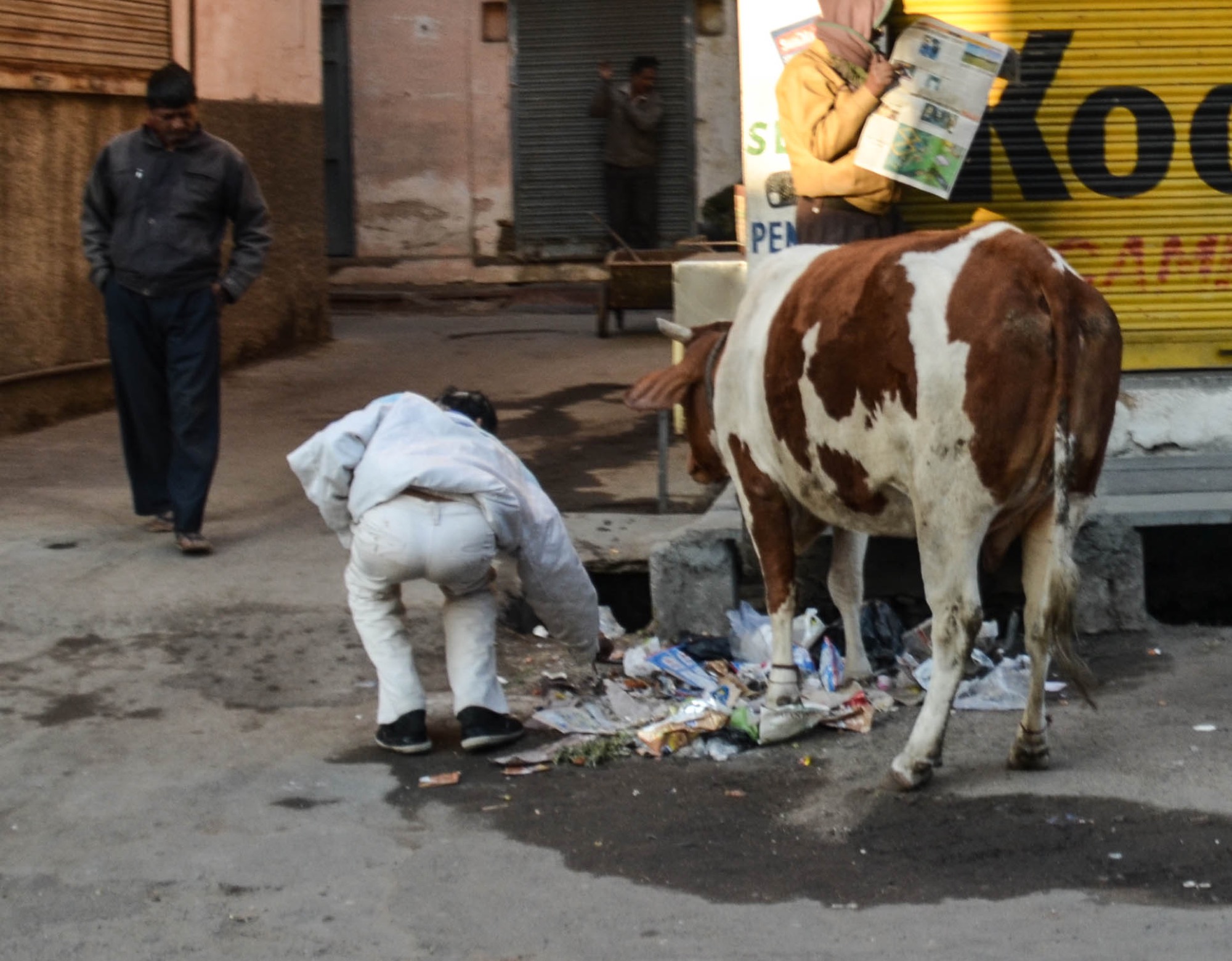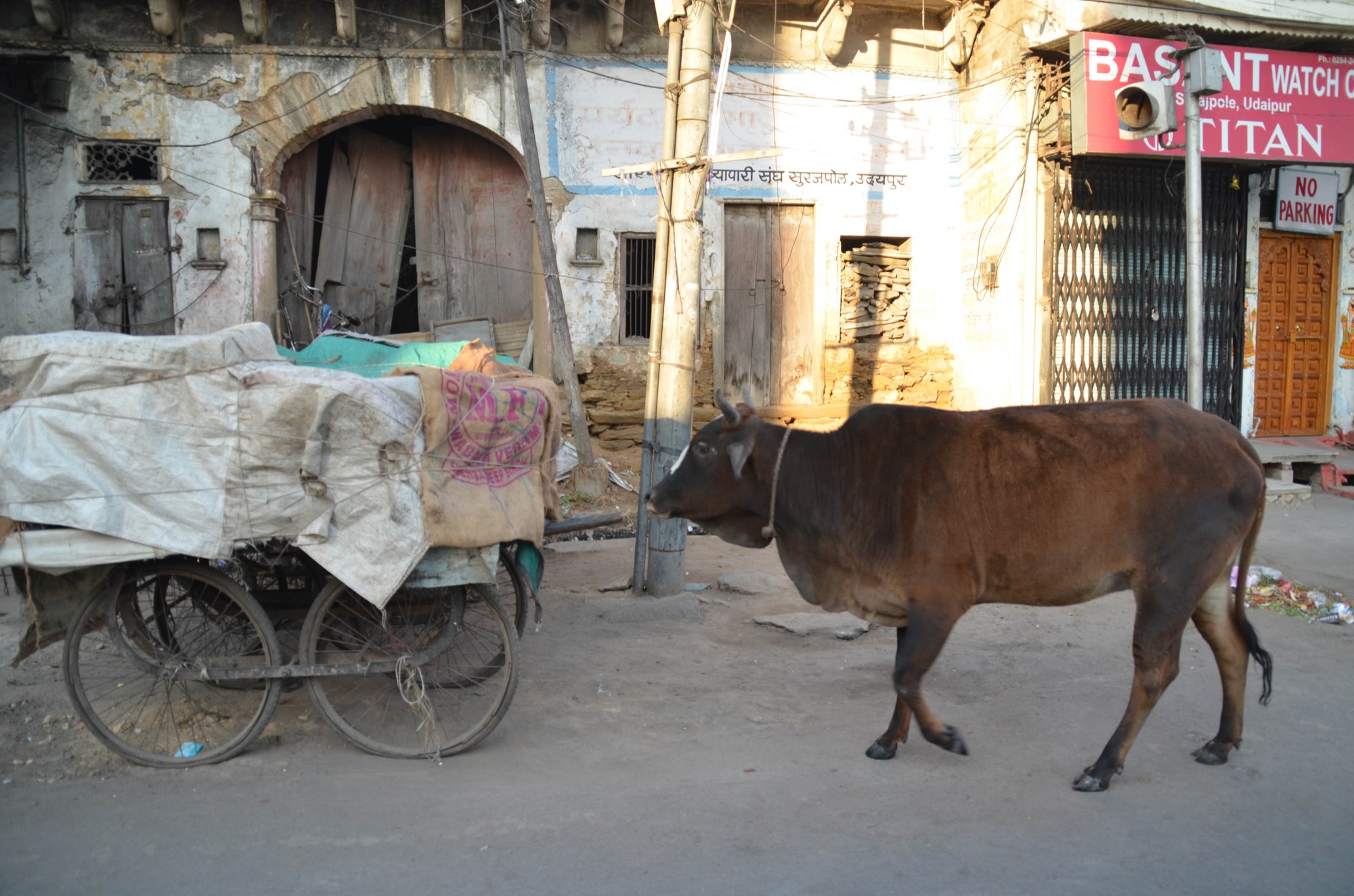Laundry in Motion
Check out this video of the world's largest outdoor laundry.
Check out this video of the world's largest outdoor laundry.
According to Wikipedia, Mumbai has the most millionaires and billionaires of any city in India. Thus, it is not surprising that the world's most expensive home, a 27 story residential skyscraper, is located in the city. The 400,000 square foot home, which also has three helipads and a garage with room for 168 vehicles, is owned by the wealthiest man in India, Mukesh Ambani. The home is occupied by Ambani, his wife, and their three children.
On the other hand, more than 9 million people, which is about 60% of the population of Mumbai, live in slums and the government census, which is probably understated, says that about 57,000 people are homeless.
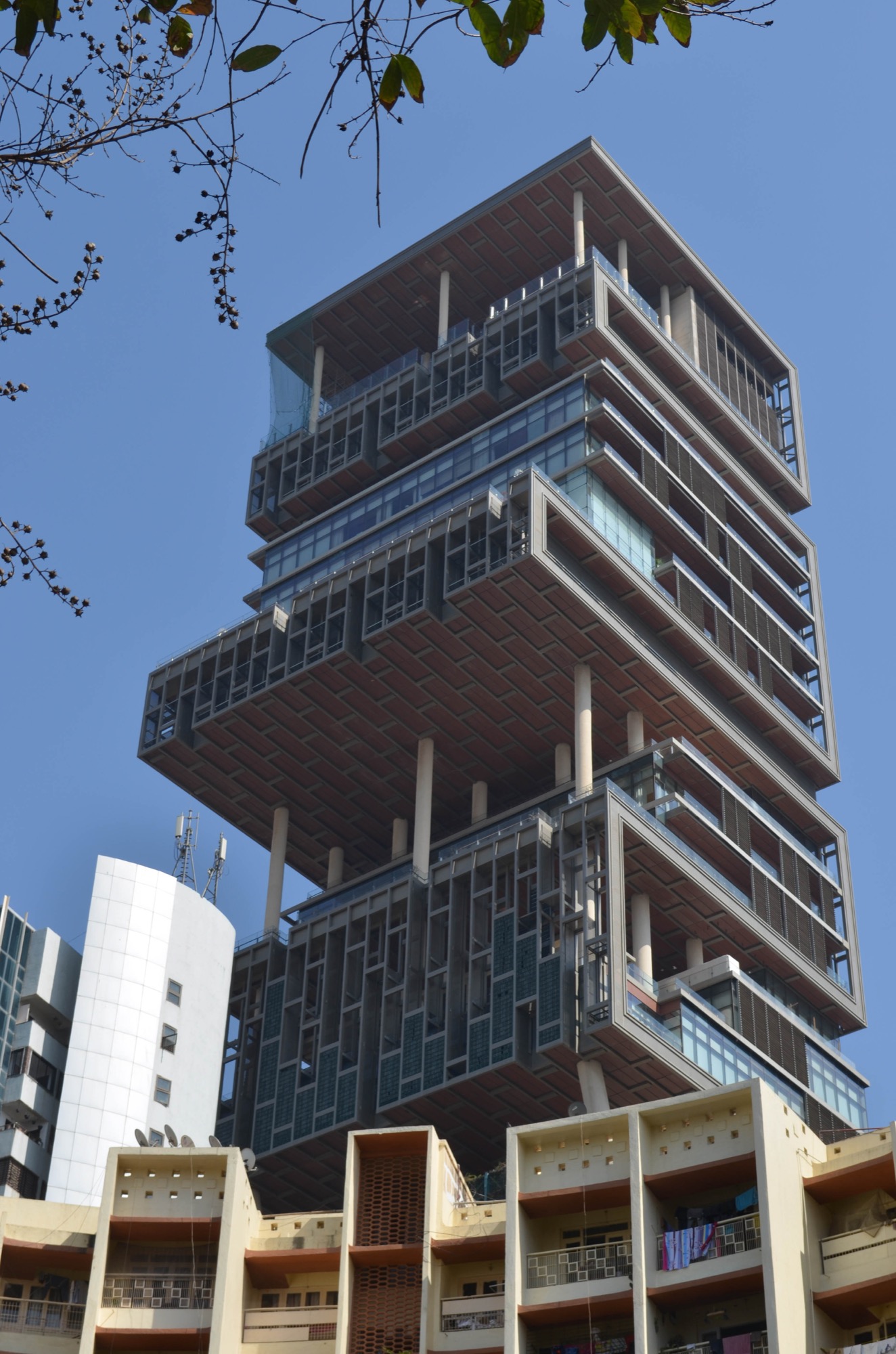



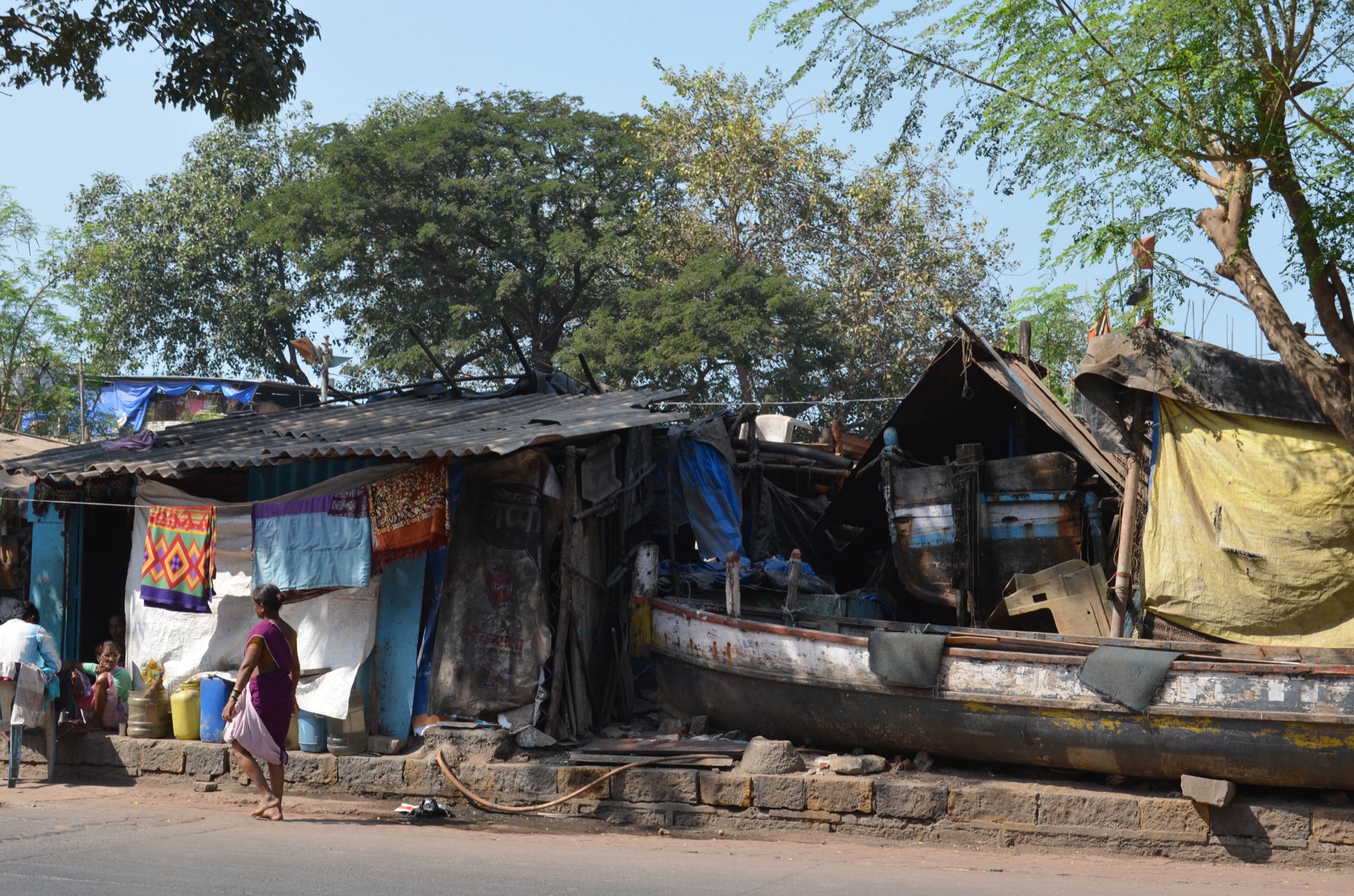
Slum housing generally consists of a single room dwelling with few, if any, modern amenities. Blocks of toilets are located in a central location and the number of facilities is inadequate to meet needs.
It is interesting to note, however, that as we looked at the slum housing, almost every dwelling had a satellite dish attached.

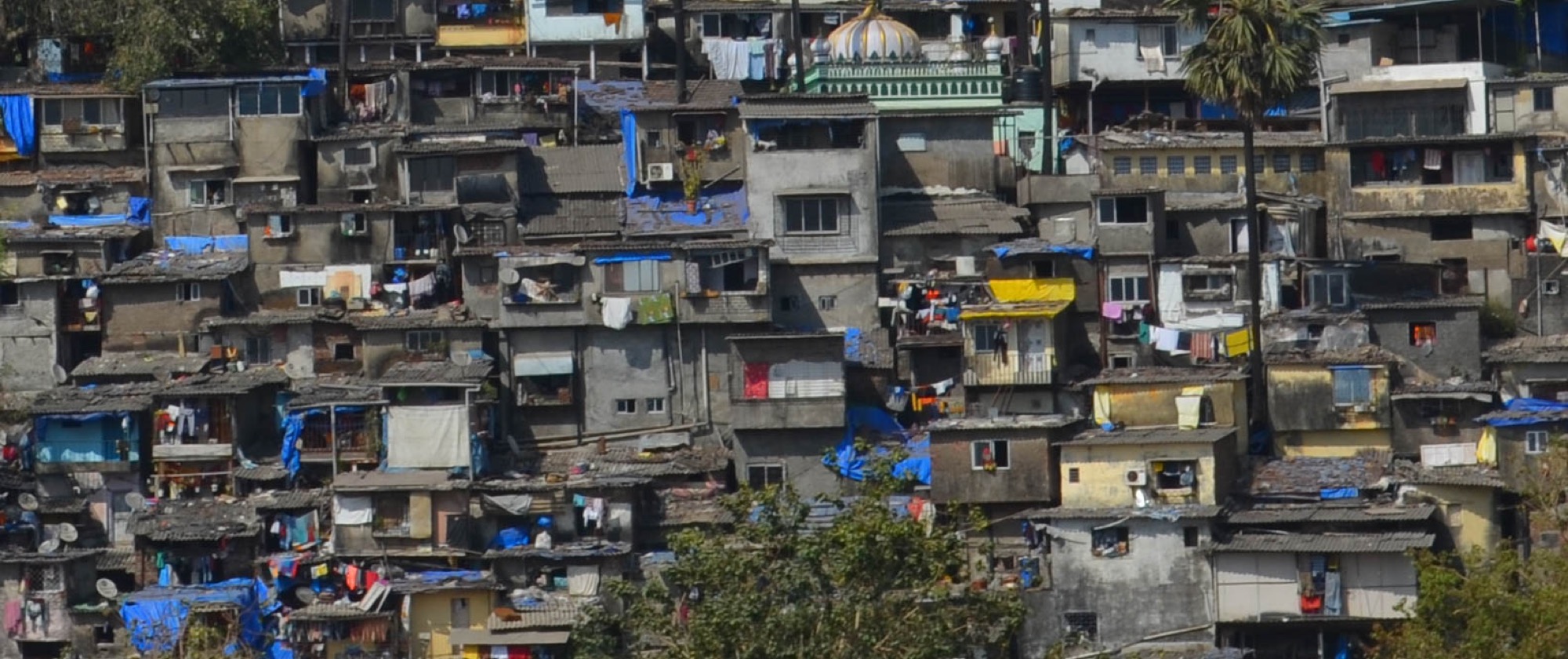
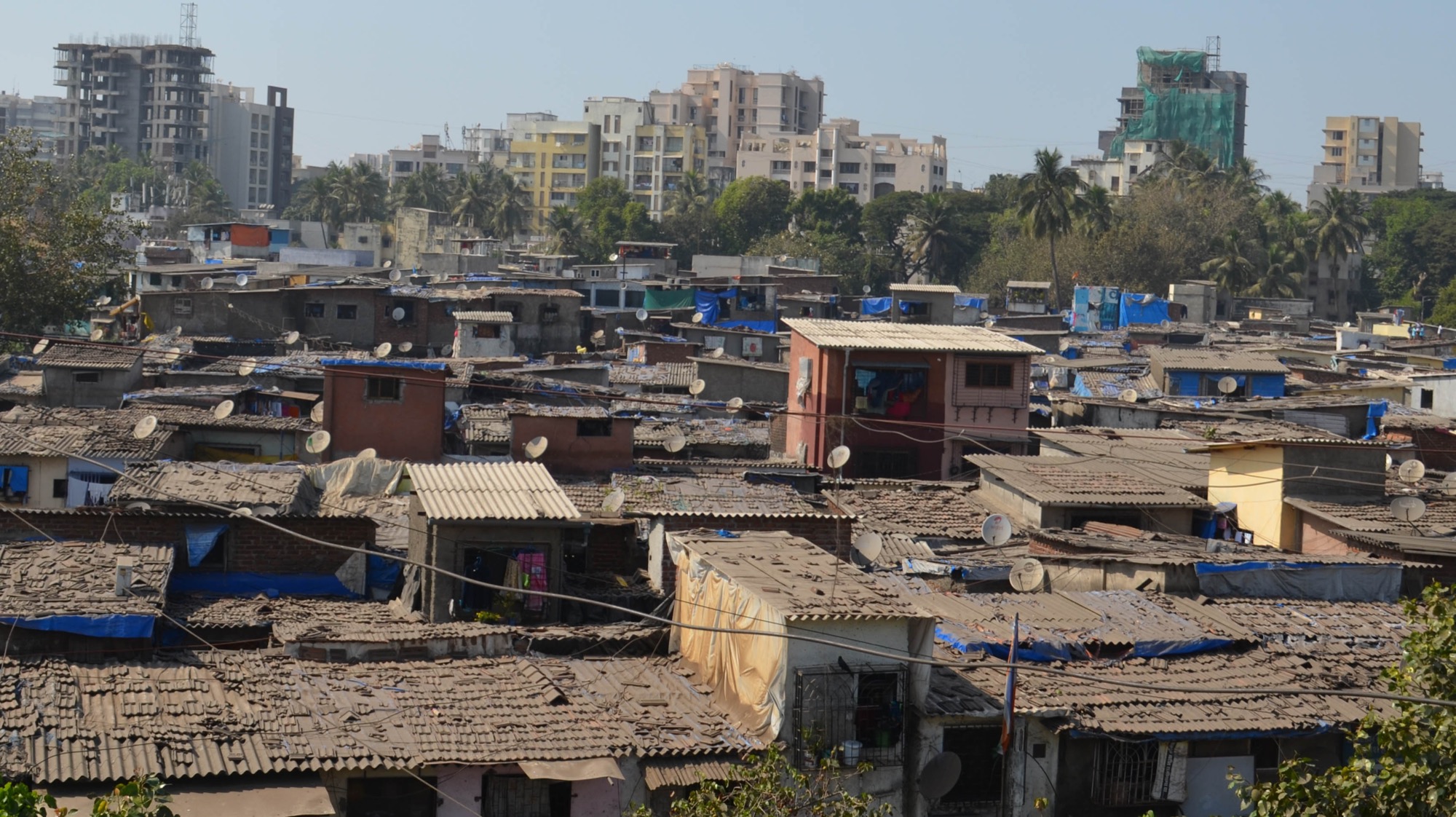

Following a one and a half hour flight to Udaipur, we were taken to a jetty near the City Palace where we boarded a small boat that would take us to our hotel.
Our arrival at the Taj Lake Palace Hotel was at a magical time of night when the waters of Lake Pichola were serene and the lights on surrounding buildings shimmered on the water as the last rays of the sun disappeared over the horizon.


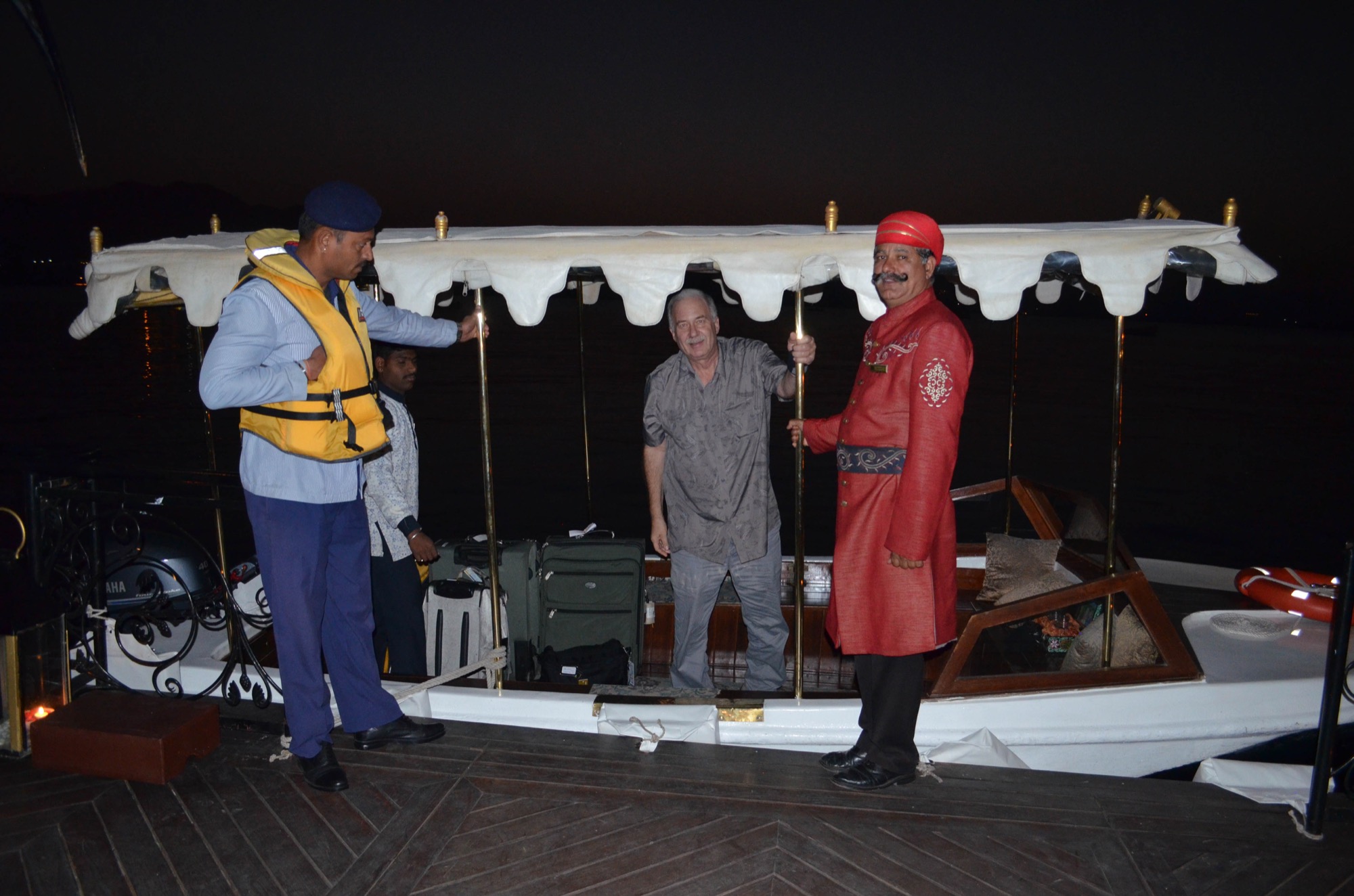
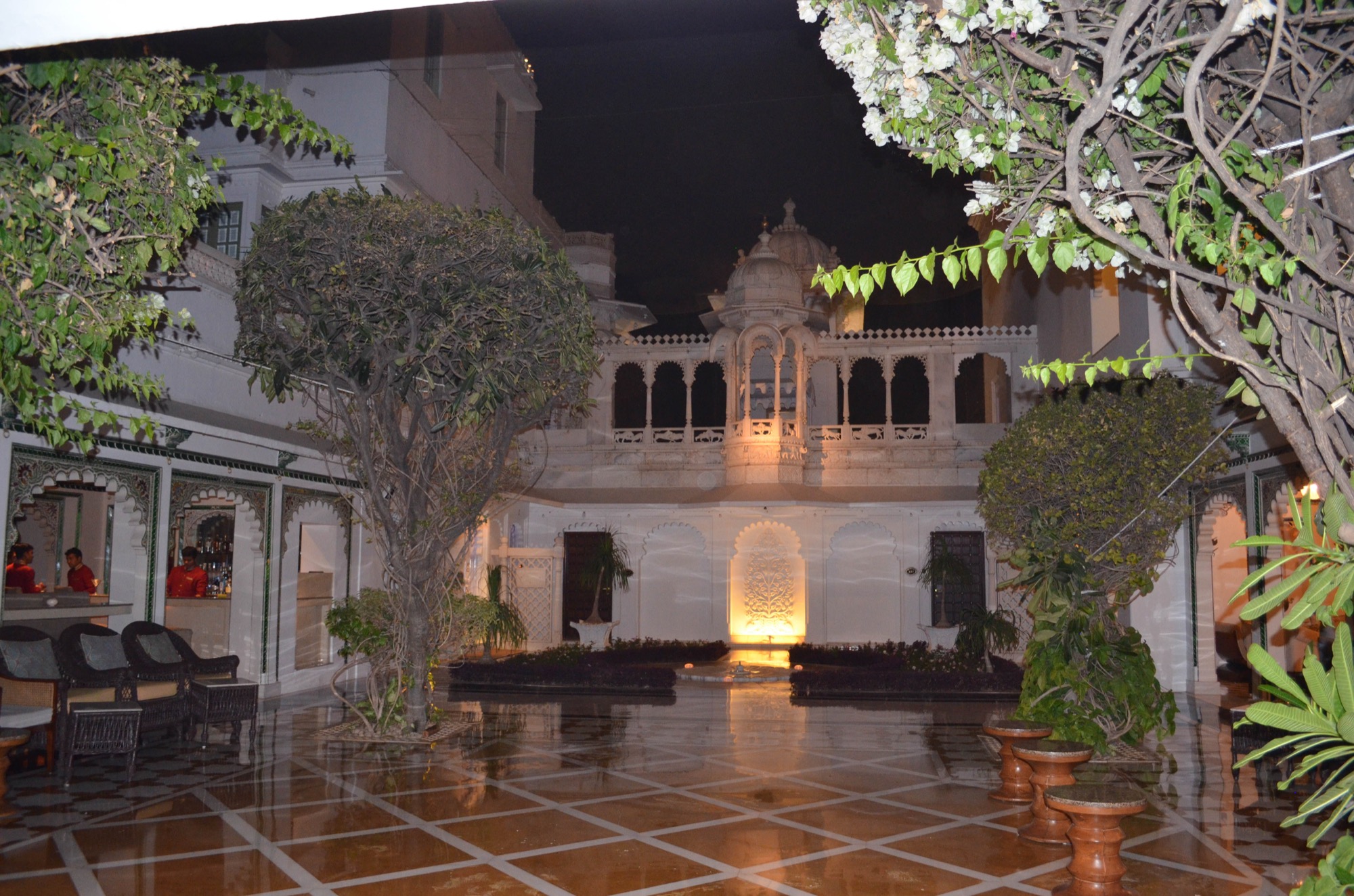

The Lake Palace, which was built between 1743 and 1746, was the summer resort for the royal family. Royal court was held in the beautifully designed courtyards and gardens of this four acre palace.
One evening we attended a show at the palace. The entertainers provided traditional music and dance as well as a unique Bhavai folk dance where a man danced while balancing various items on his head.
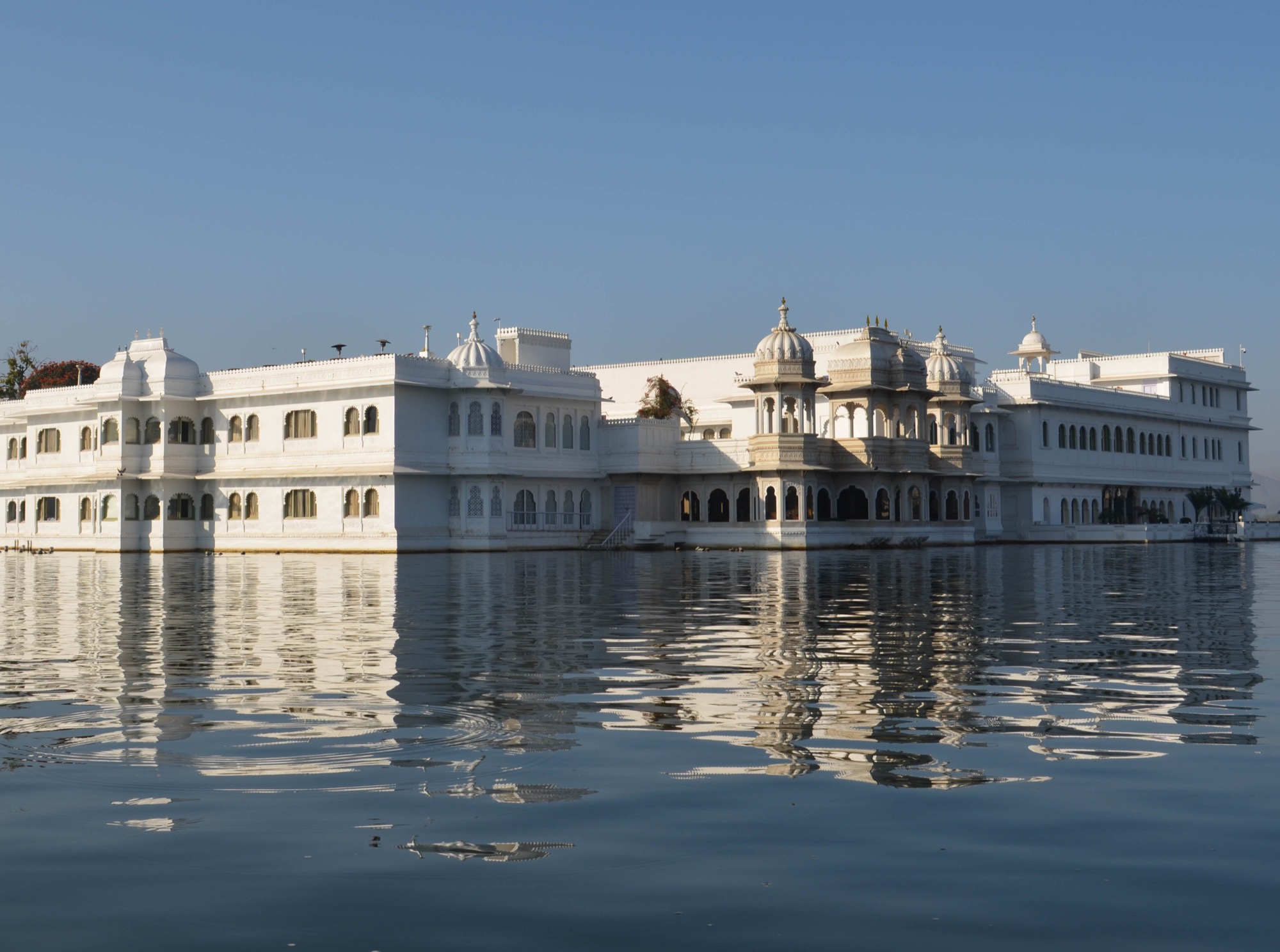
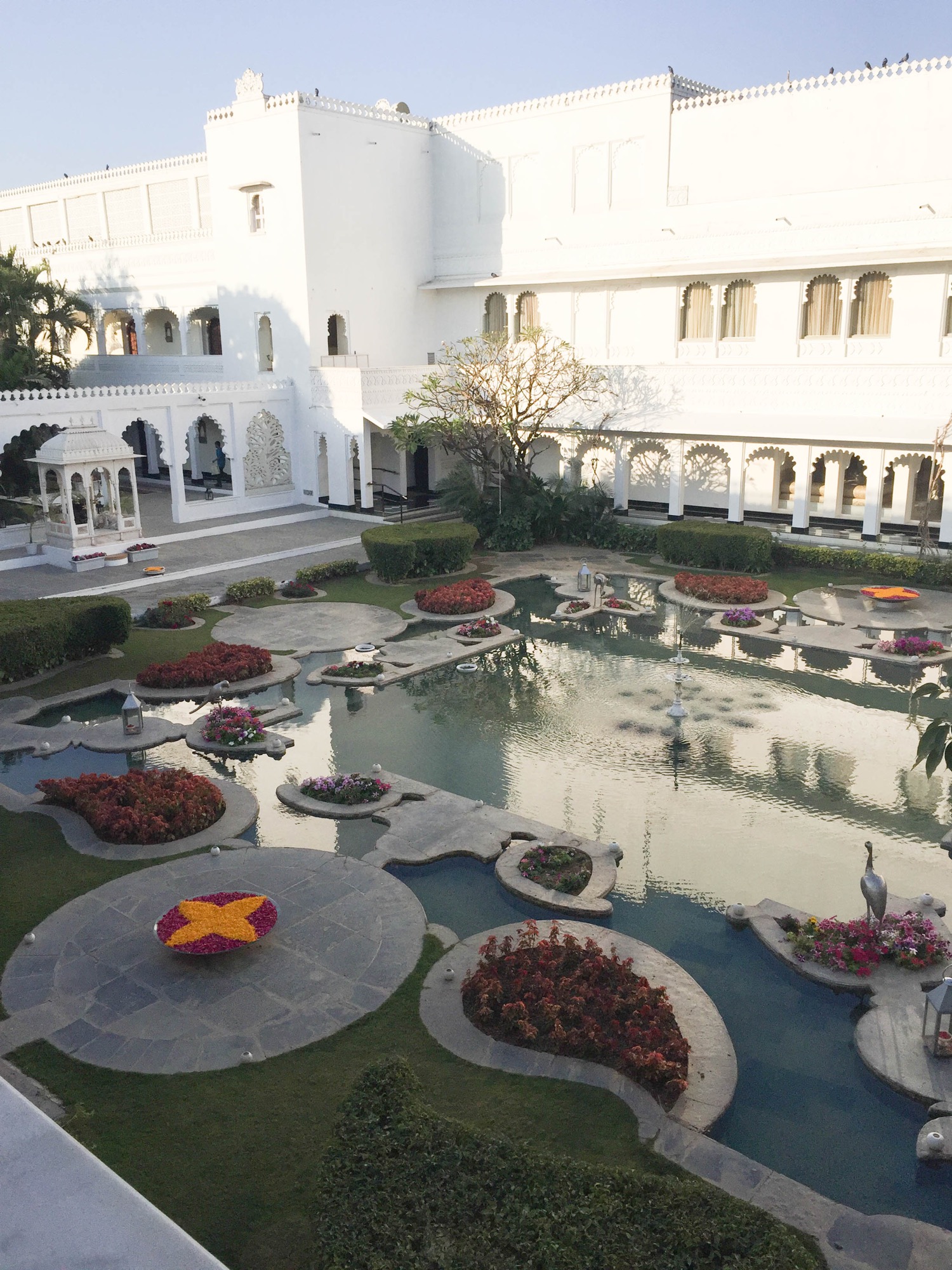

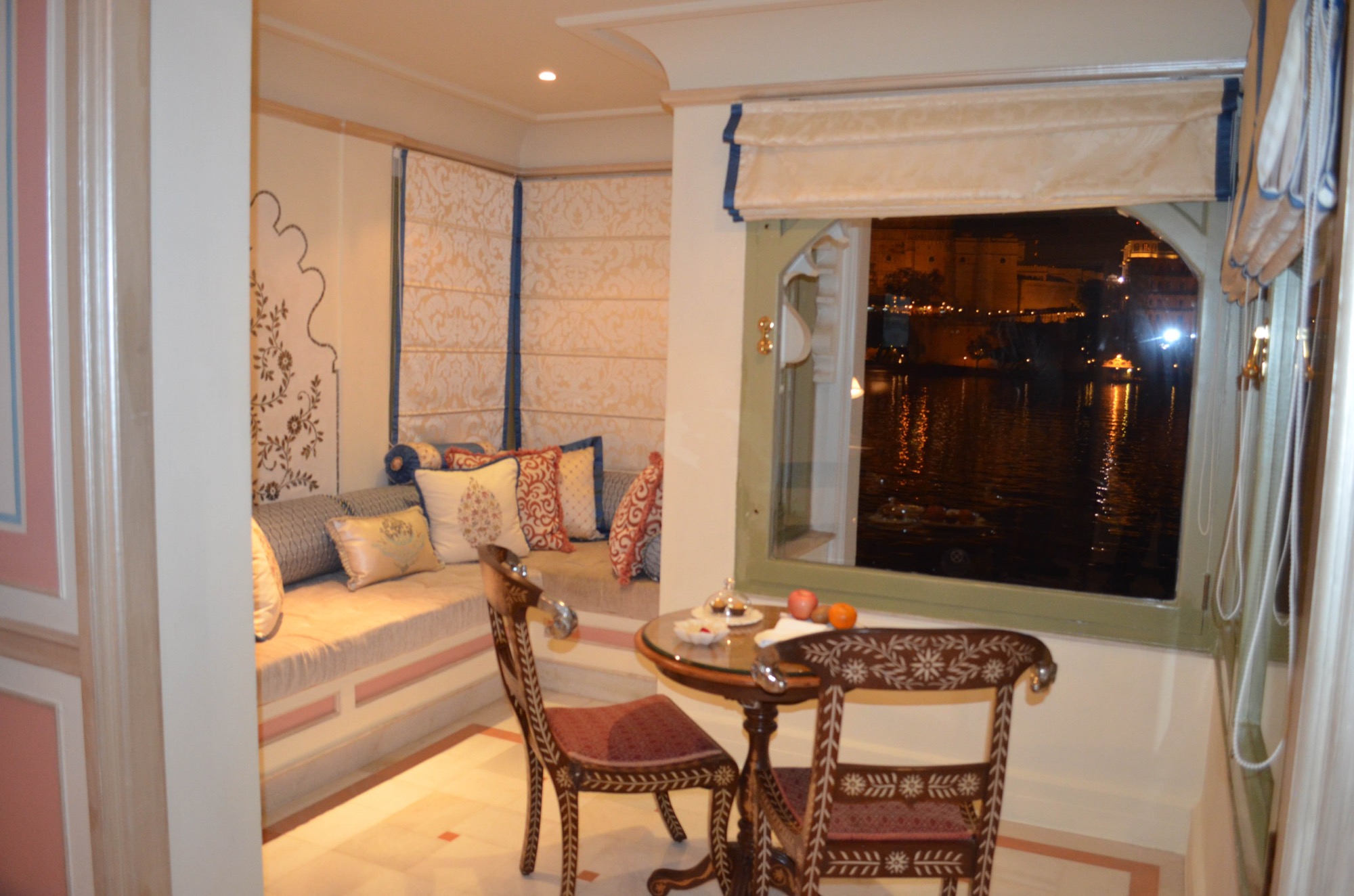
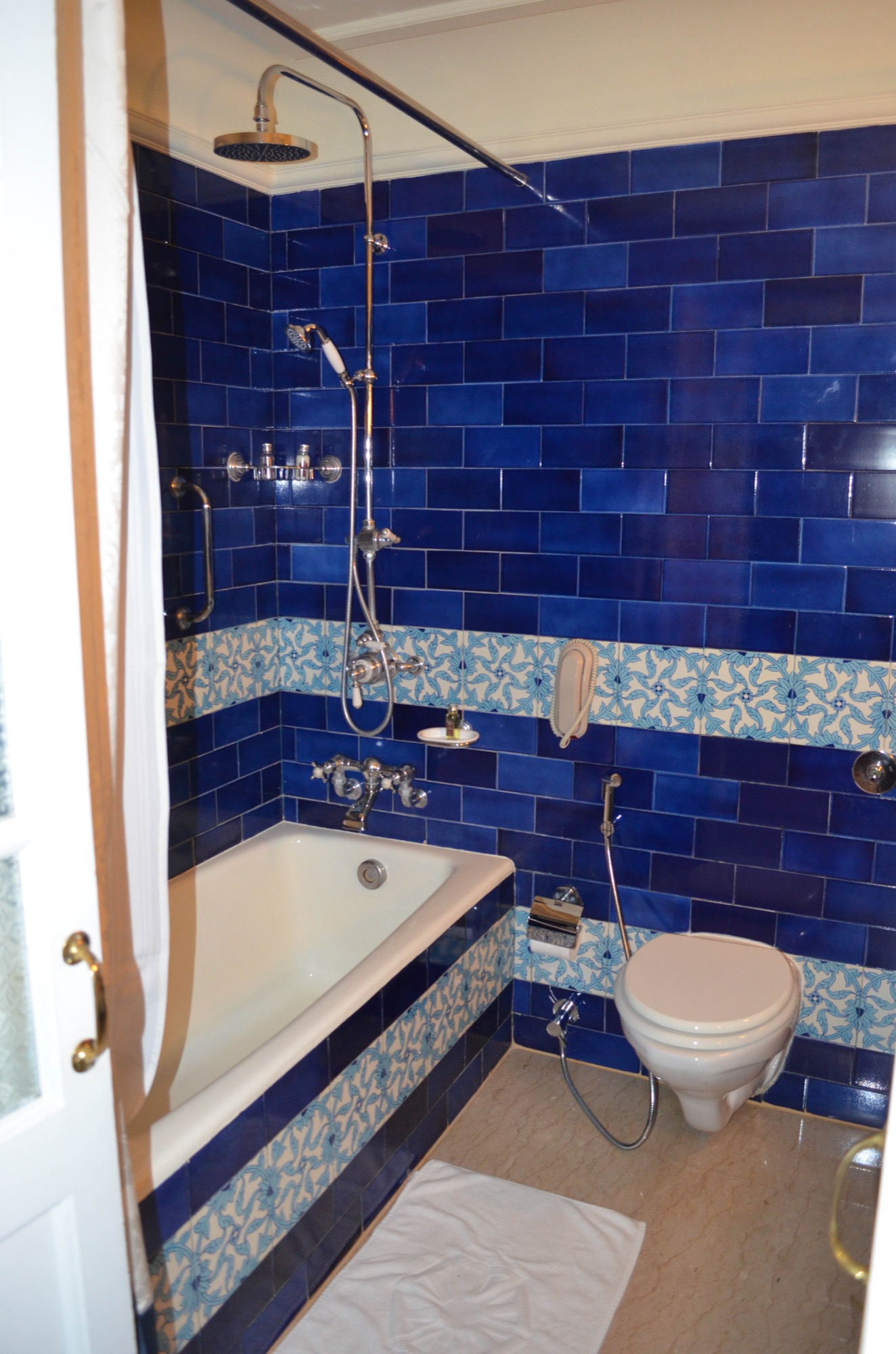

Watch as entertainers perform traditional Indian music and dance as well as a unique Bhavai folk dance where a man danced while balancing various items on his head.
Each time we arrived at the palace, we were given a royal welcome by a member of the staff who helped us off the boat and then walked by our side holding an umbrella over our heads. Just before we entered the front door of the palace, on the night when we first arrived, we were showered with rose petals from a man on the roof above us.
The view of the City Palace across the lake and of the Lake Palace itself by the light of day was just beautiful as it had been the night we arrived. It was a delightful place to stay during our visit to Udaipur.
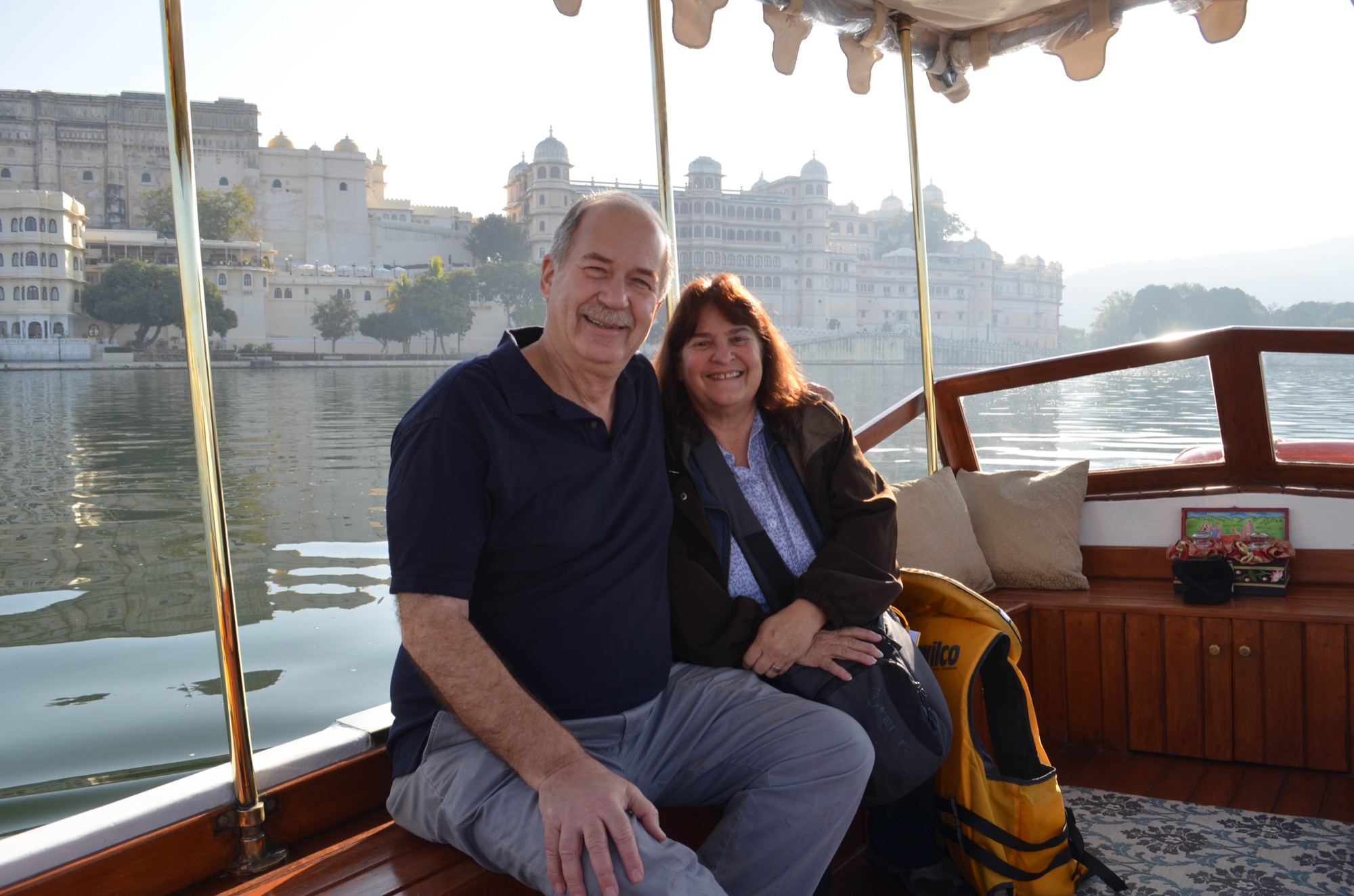

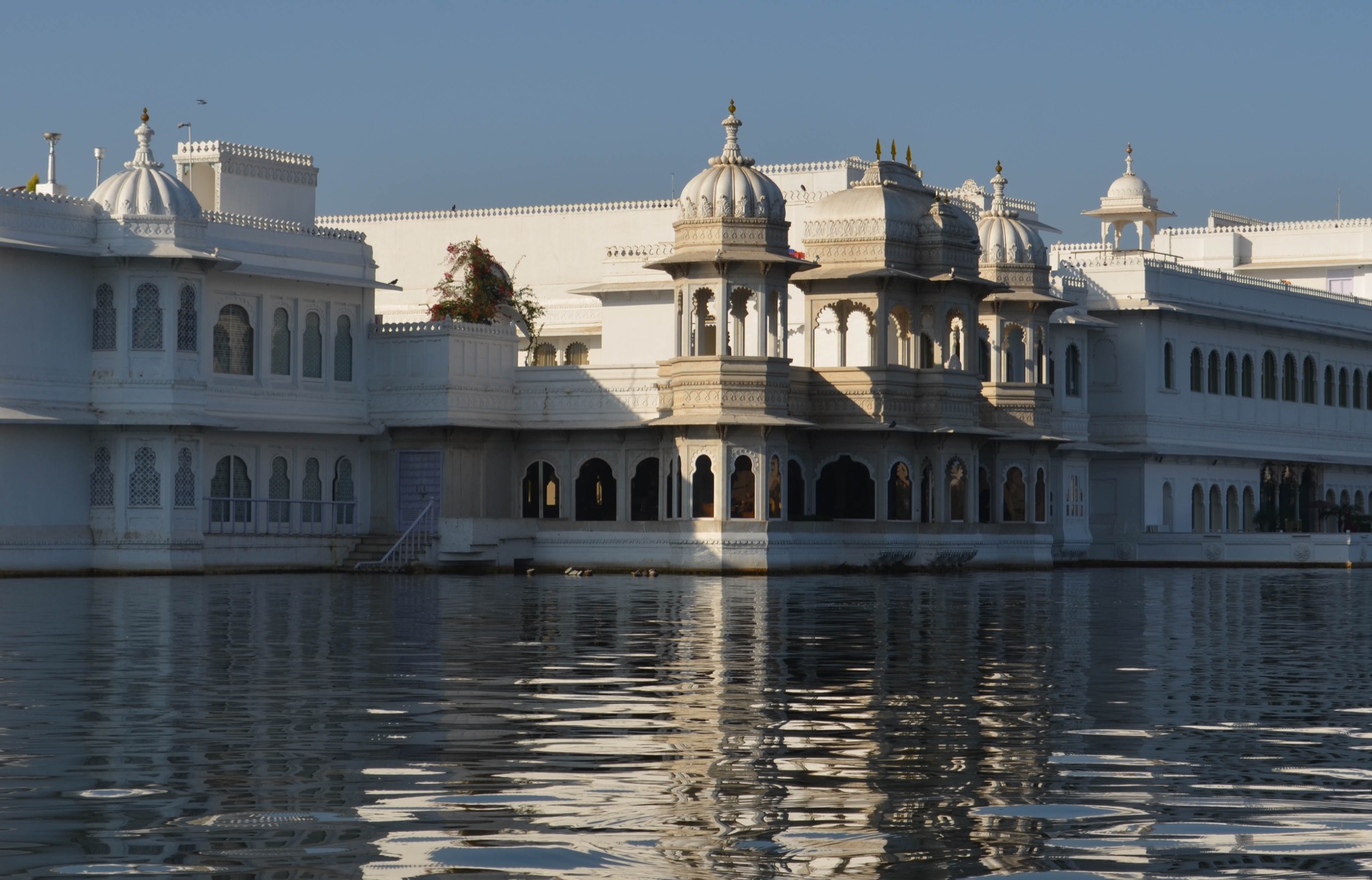
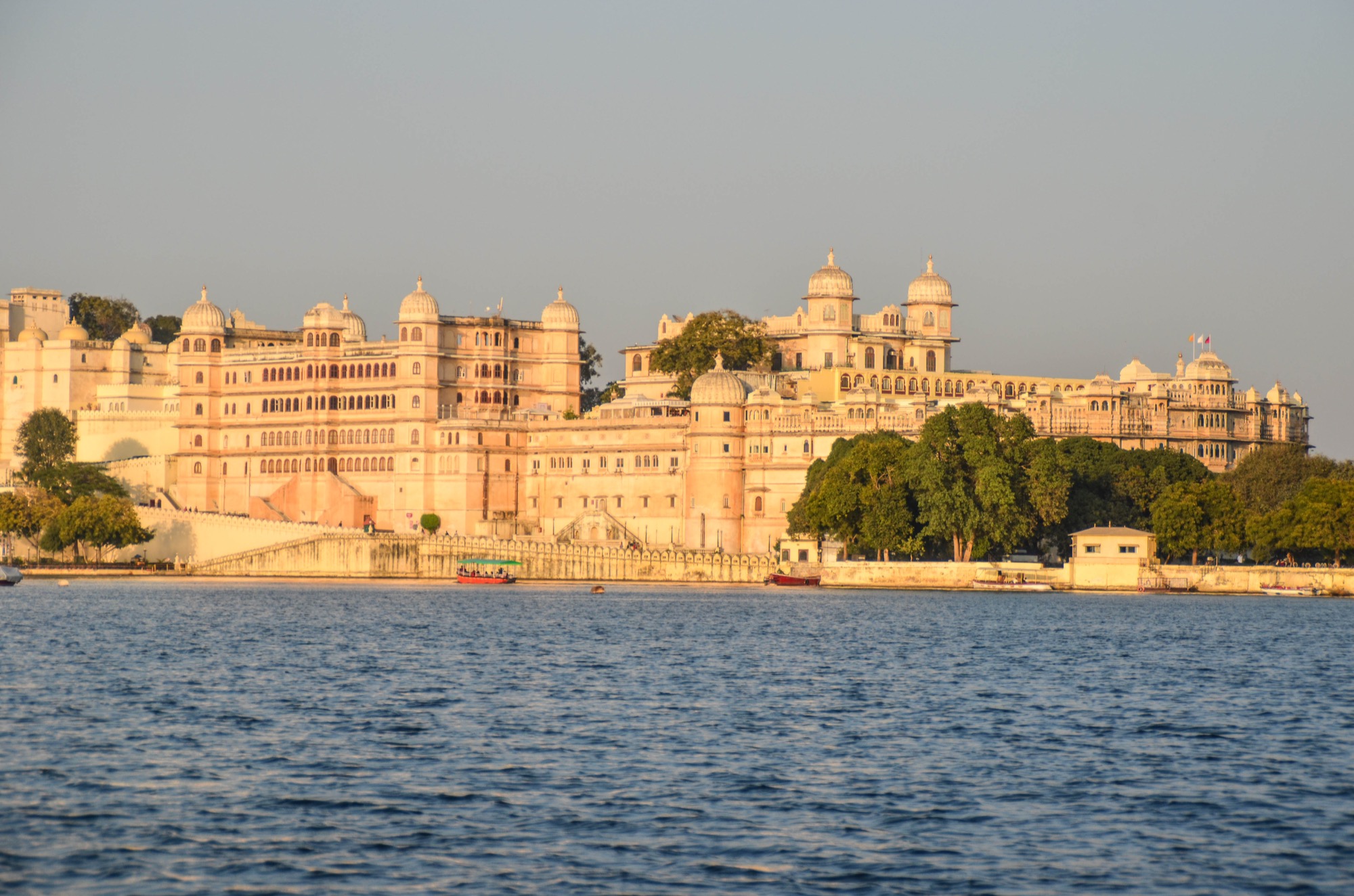

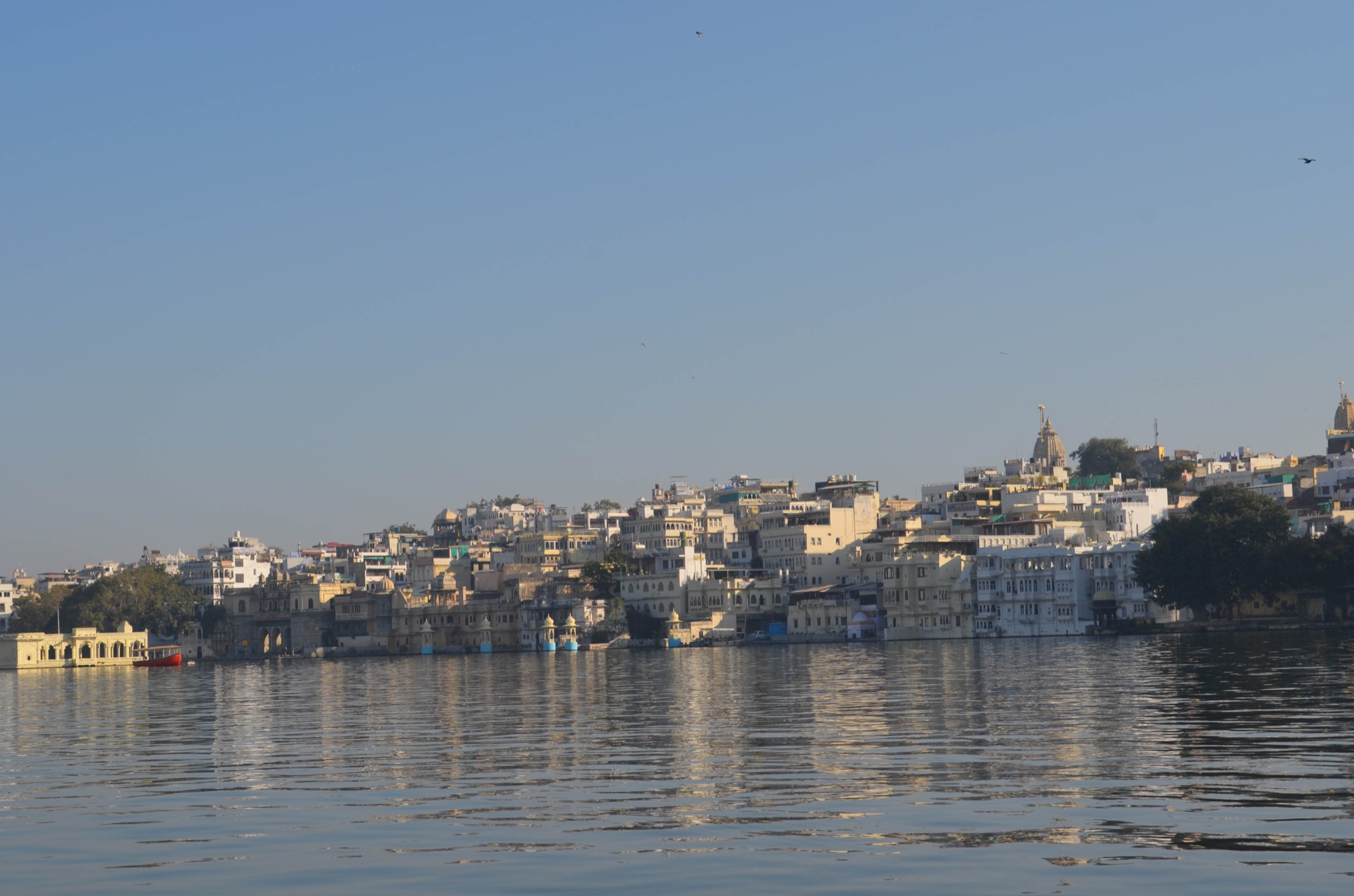
Jagdish Temple, which was built in 1651, is the largest temple in Udaipur. It is a Hindu temple that is dedicated to Lord Vishnu, believed to be the preserver of the universe.
There are two large stone elephants at the entrance to the temple. Halfway up the 32 marble steps to the temple is a brass statue of Garuda, a creature that is a blend between a man and a bird. Garuda is believed to carry Lord Vishnu when he travels. We were amused to see an Indian palm squirrel that kept running very industriously under the statue's robe to hide a stash of food.
The temple is three stories tall and has more than 100 beautiful hand carved pillars.

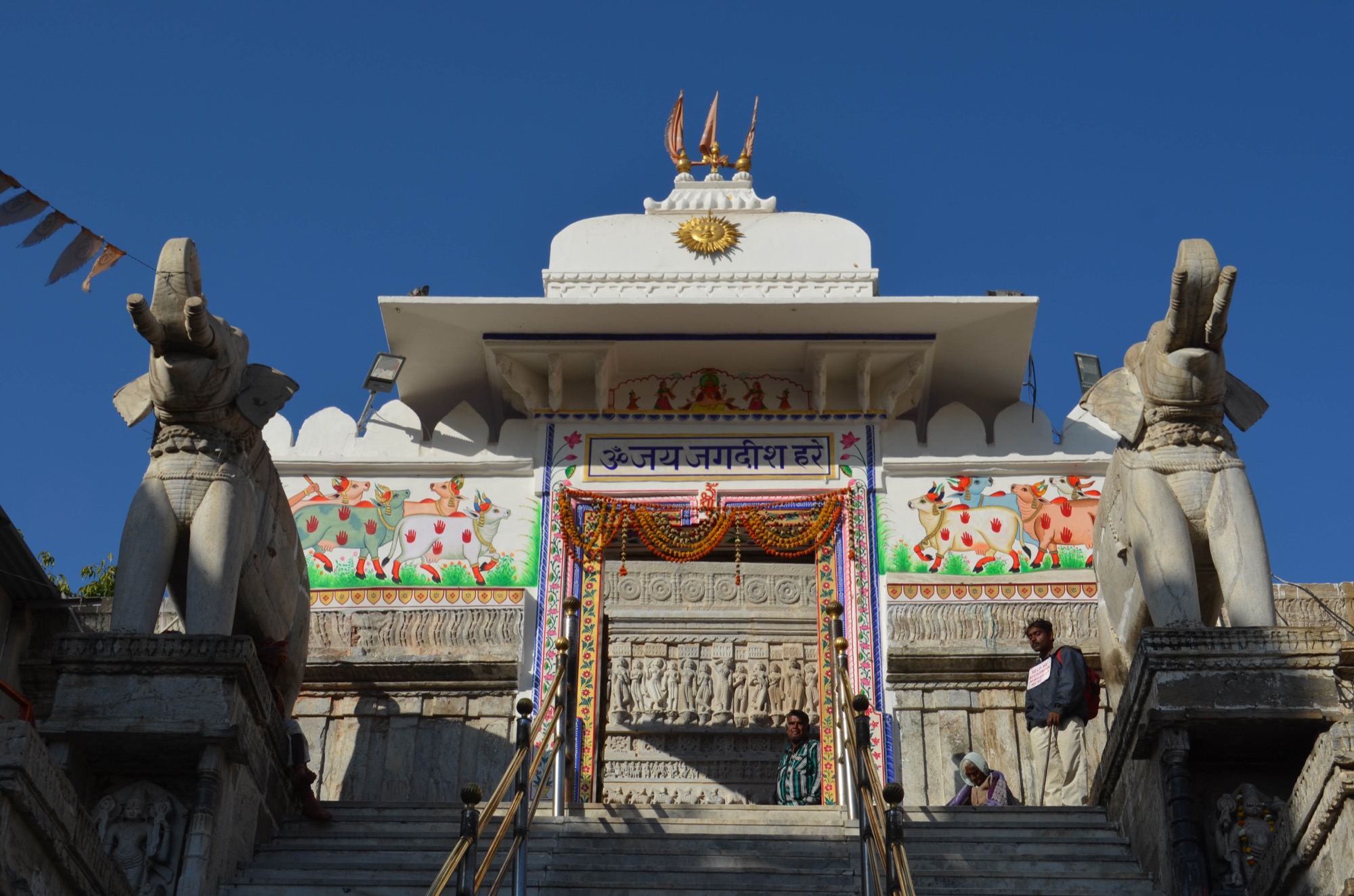
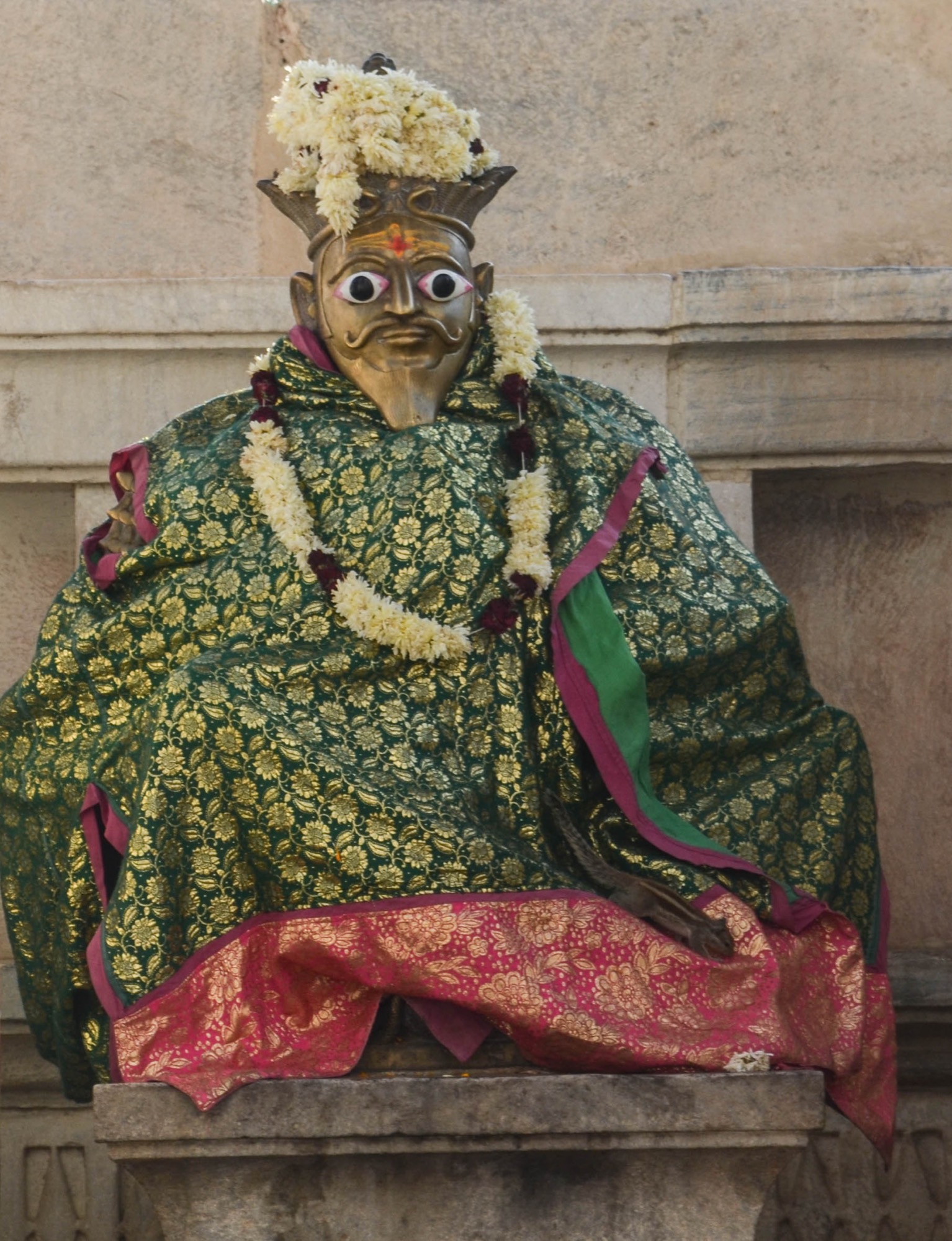
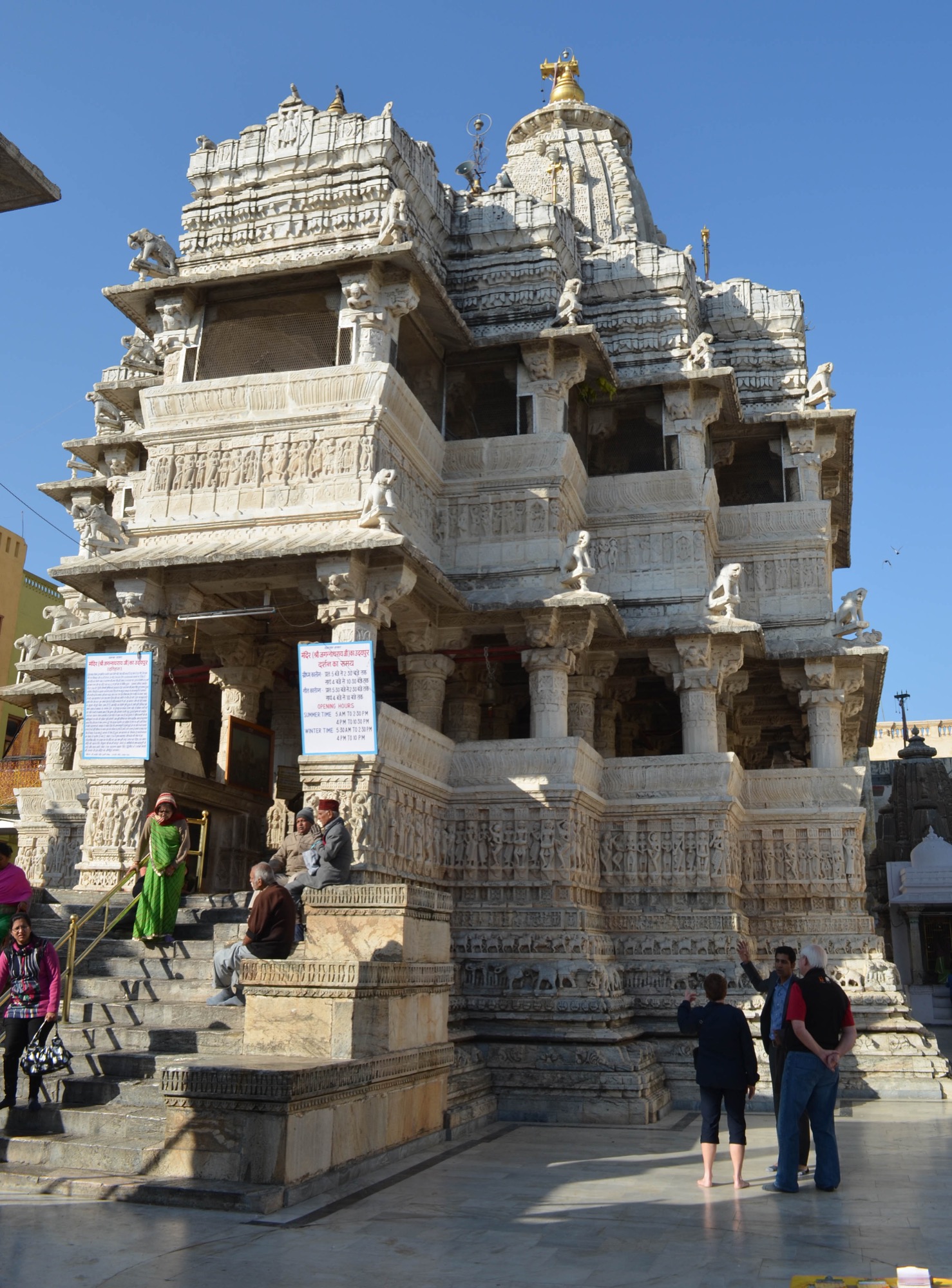



Udaipur is an active bustling city and there was lots of activity everywhere we went. There were small narrow streets lined with different shops and businesses. The people were friendly and seemed to be industriously going about their day-to-day business. Most buildings were old and in a state of disrepair. We also saw slums with shacks and tents where people lived in close quarters without the amenities that homes should have.
Udaipur is known for its beautiful lakes, but the lack of an organized sewage system in the city has led to high levels of pollution in those lakes. According to Wikipedia, Udaipur scored 417th out of 476 cities in India in terms of cleanliness.
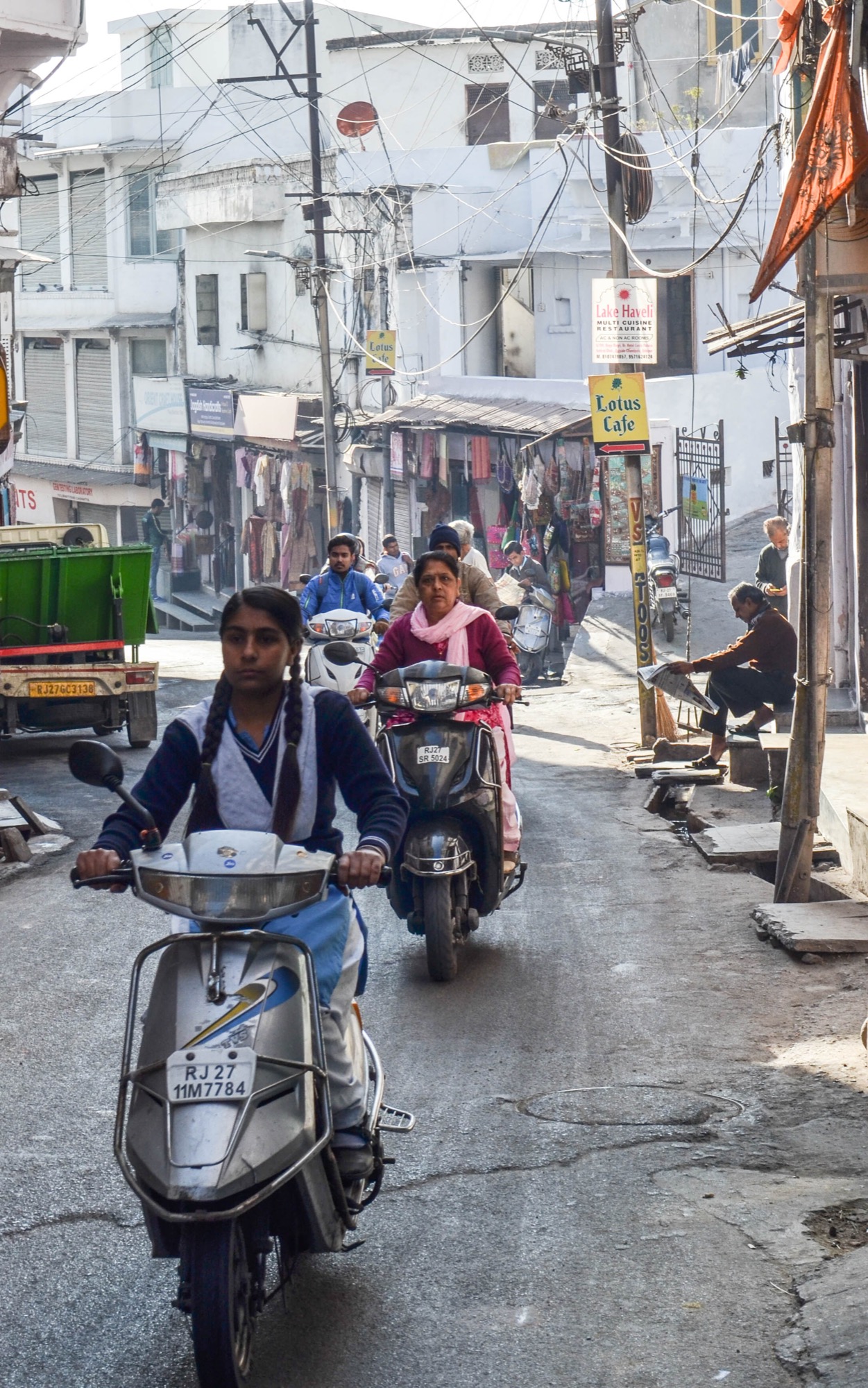
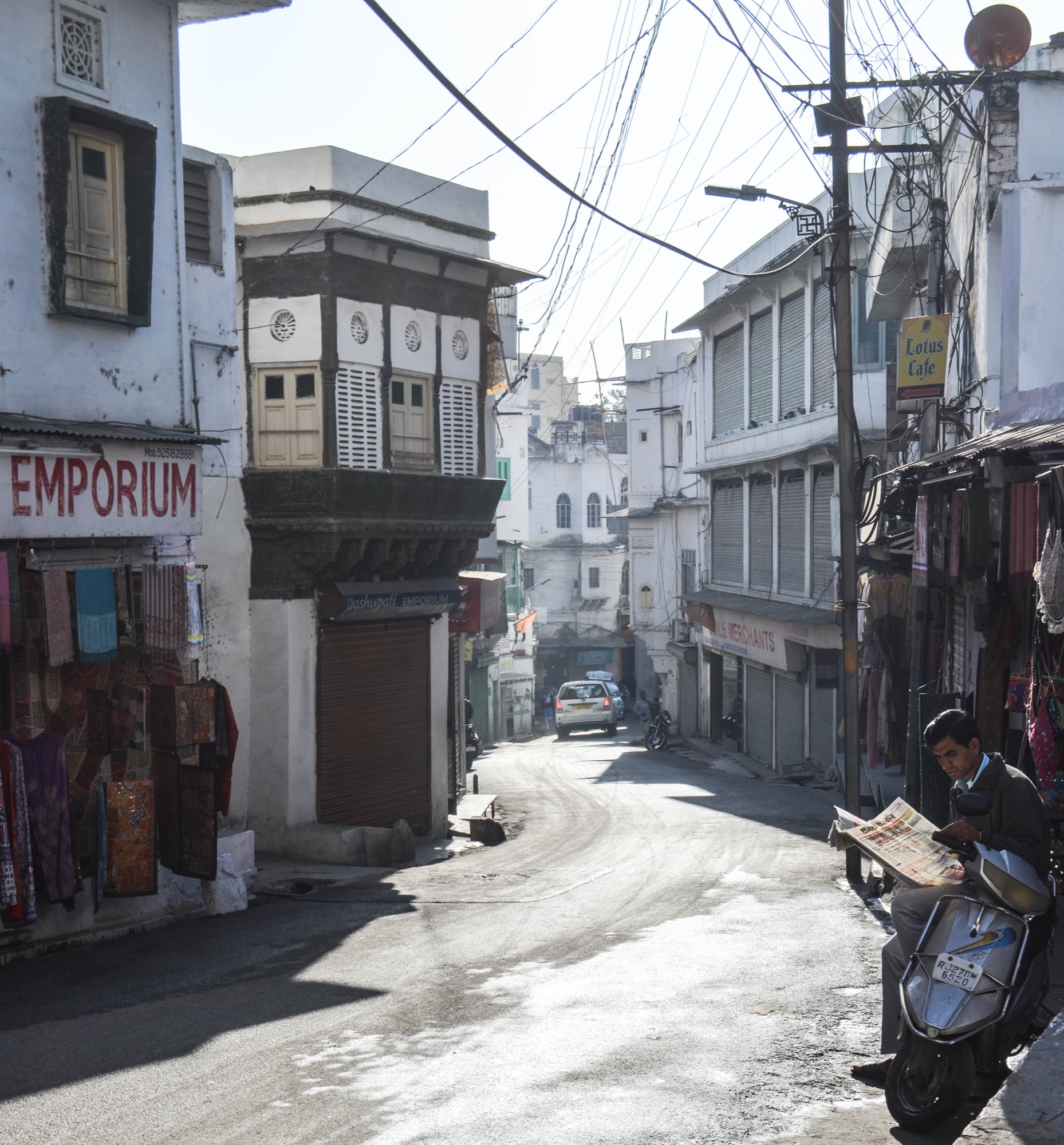
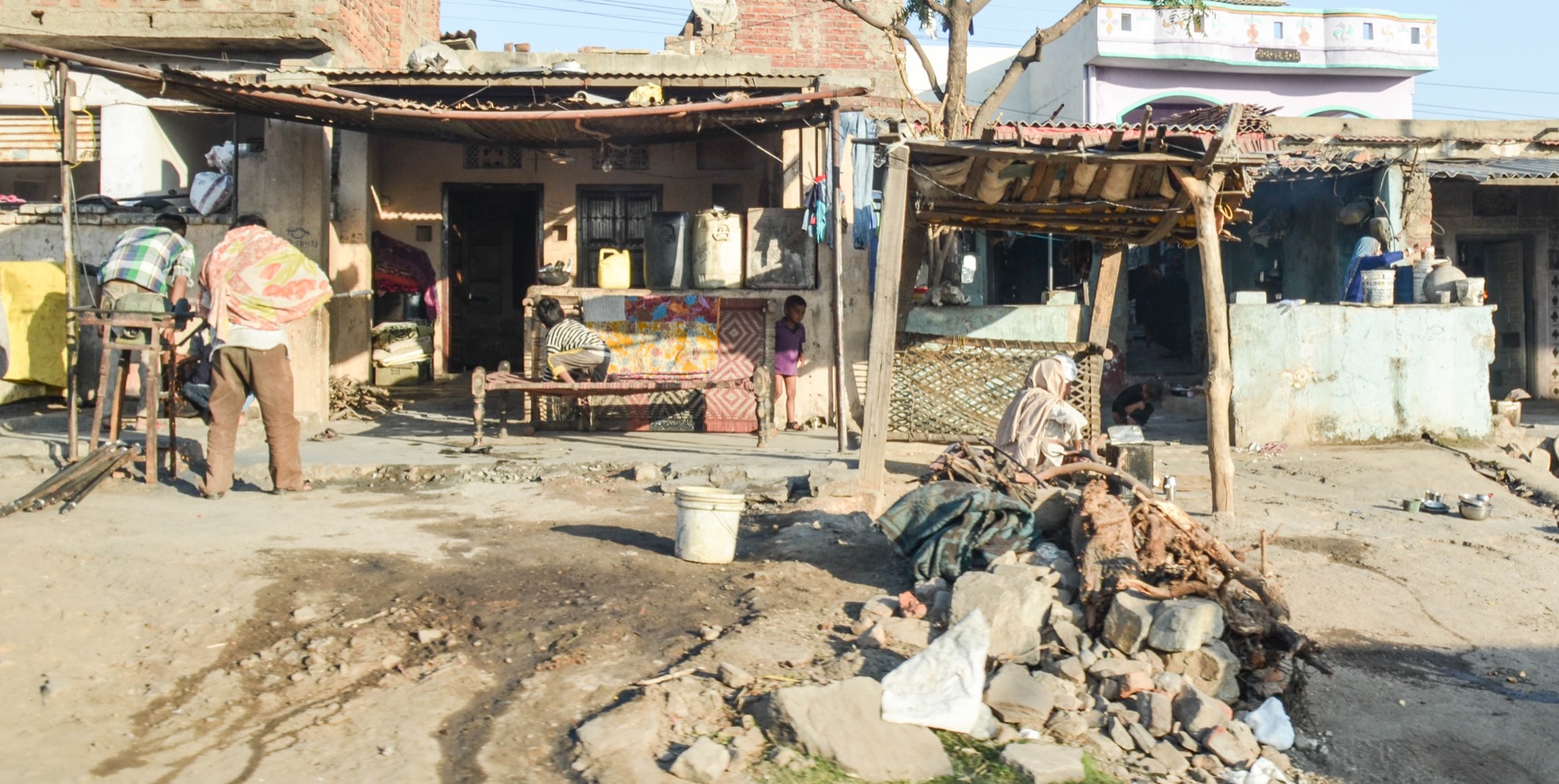
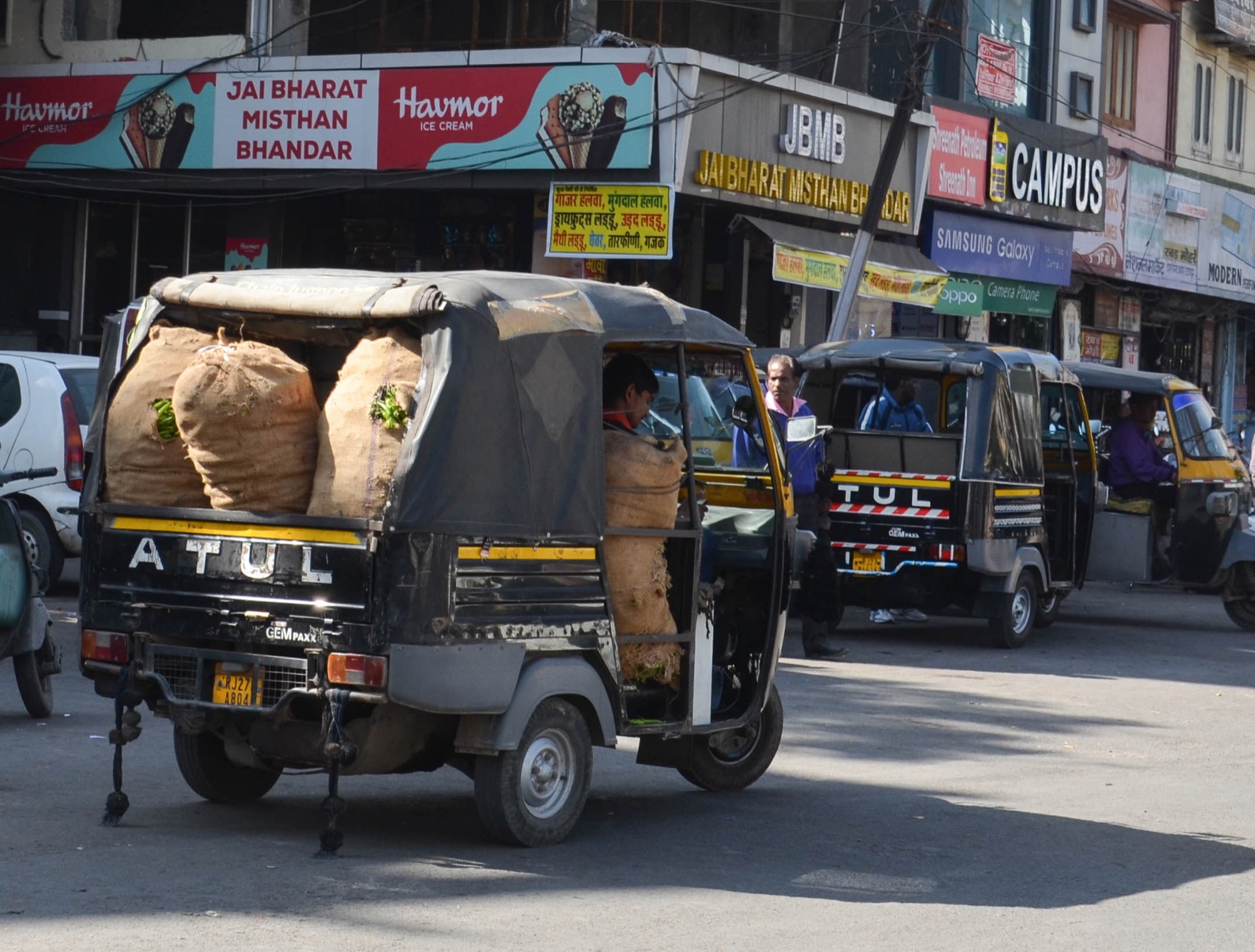
Cows are believed to be sacred in India and feeding a cow is believed to be an act of kindness that will bring good karma. As a result, cows roam freely and are often found on busy roads, wandering through local markets, and in front of local businesses.
